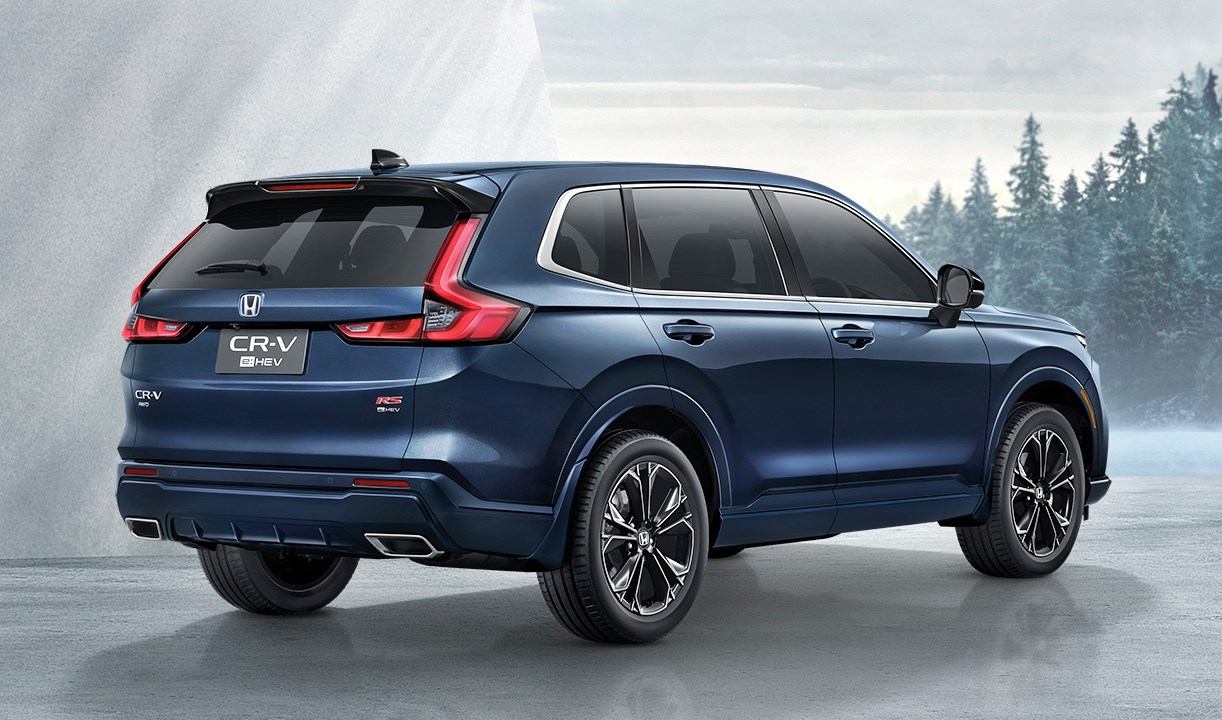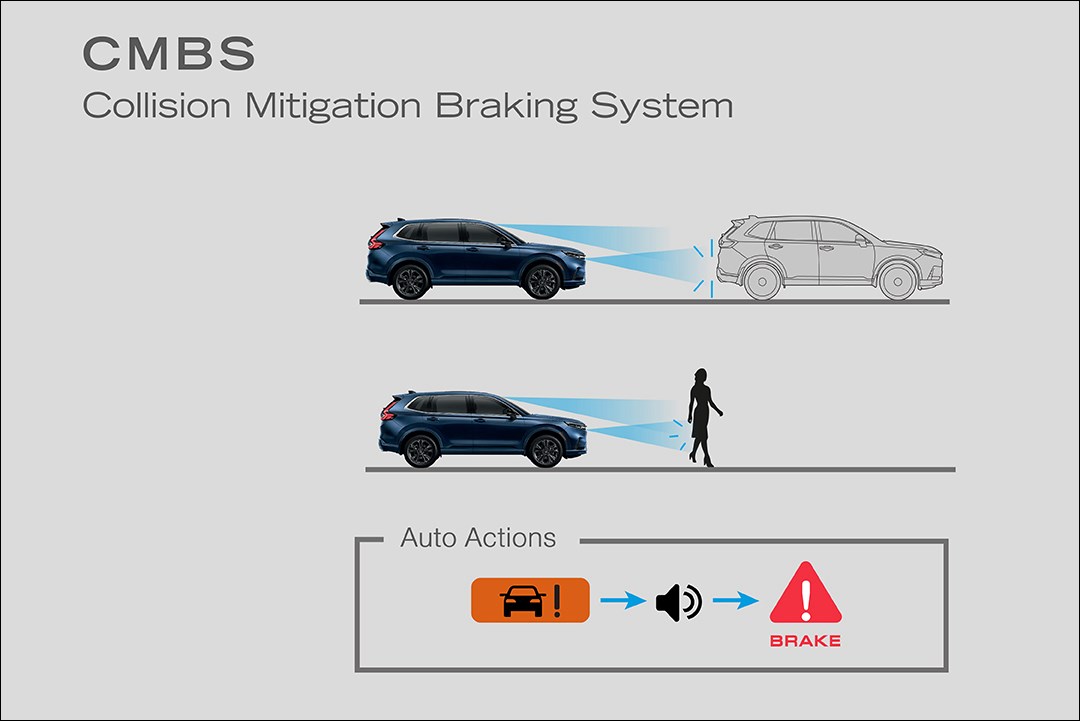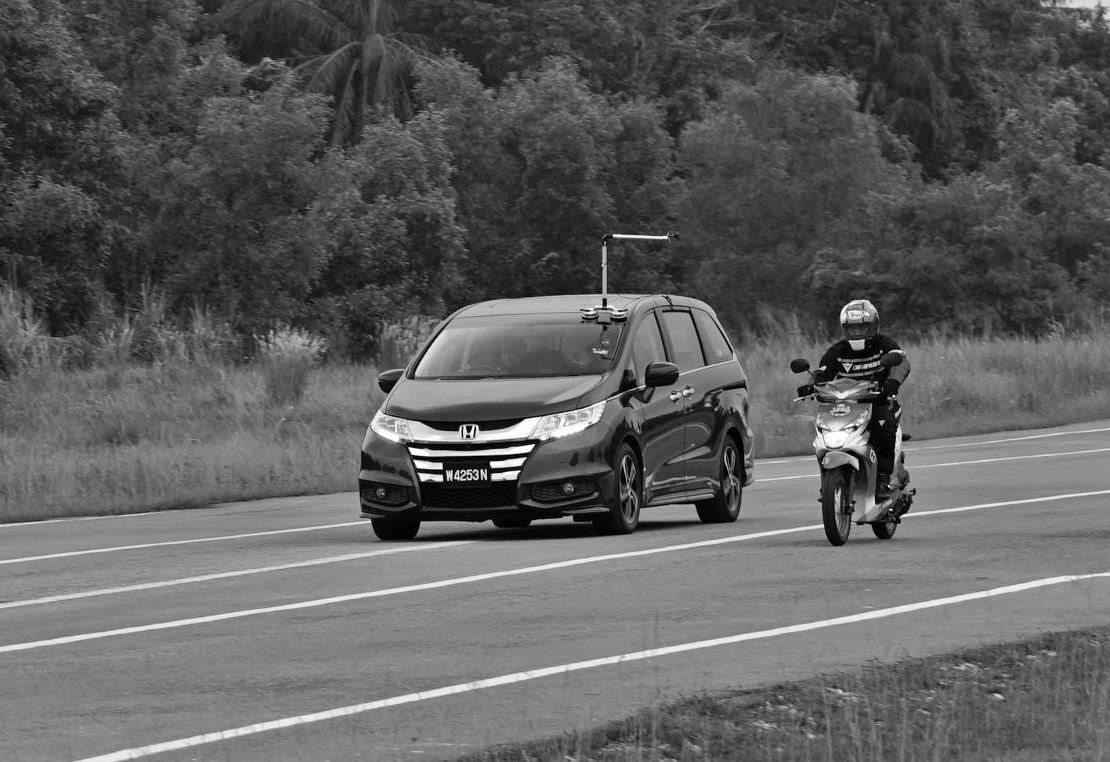With the 6th generation Honda CR-V having appeared in the ASEAN region (it was launched in Thailand in March), ASEAN NCAP (New Car Assessment Program) also made its assessment of the new SUV.
It is the third time the Honda model has been assessed by the independent safety organisation since 2014. The testing was done at the Shirosato Test Centre of the Japan Automobile Research Institute (JARI) which is ASEAN NCAP collaborates with.

New and tougher testing criteria
Having completed the assessment, ASEAN NCAP recently released its report which has a full 5-star rating, achieved with the tougher 2021-2025 criteria. The previous generation had also been awarded a 5-star rating when it was tested in 2017.
ASEAN NCAP commended Honda for its consistently remarkable safety performance , noting that the new SUV is equipped with a number of safety technologies as standard across all its variants. These include providing 8 SRS airbags, Electronic Stability Control, ABS, Seatbelt Reminder System for front as well as rear occupants, Autonomous Emergency Braking, Auto High Beam, Pedestrian Protection technology and Child Presence Detection.

Other ADAS (Advanced Driver Assistance System) features of the 7-seater SUV Lane Departure Warning, Forward Collision Warning, Lane Keep Assist, Driver Attention Monitor, Blind Spot Visualization (left side), Forward Collision Warning and Automatic Emergency Braking for motorcycles.
Some of the features are standard or optional, depending on the variant as well as the market the model is sold in. The unit tested was made in Thailand and had equipment for that market, so it may differ from other markets such as Malaysia and Indonesia.

However, the variations in equipment and features should not change the overall rating as ASEAN NCAP also specifies certain systems that must be standard in order to qualify for 5 stars.
ASEAN NCAP has advanced safety standards
For example, since 2012, ASEAN NCAP made Electronic Stability Control (ESC) a prerequisite for a 5-star rating. Since 2017, instead of only ESC, the testing criteria was revised to make ABS also a standard requirement. Therefore, even if a model could score 5 stars but it did not have those systems as standard, it would not be considered as that maximum score and downgraded to 4 stars.

In this way, ASEAN NCAP has been influential in raising safety standards for models sold in the ASEAN markets. While the NCAP assessment is not a requirement for Type Approval in most countries as government agencies have their own standards, it is of value to consumers to be better informed of the vehicle they may be interested in buying.
About ASEAN NCAP
Established in 2011, ASEAN NCAP has tested over 140 models from different manufacturers. Over the 12-year period, it has developed three ‘roadmaps’ that provide guidance for manufacturers with regard to the assessment criteria. These cover 4 assessment domains comprising Adult Occupant Protection, Child Occupant Protection, Safety Assist and Motorcyclist Safety.
The current 2021-2025 roadmap marks a significant milestone for ASEAN NCAP. This has initiated the development of an assessment pillar that ensures the assessed vehicle avoids collision with vulnerable road users, particularly motorcyclists.

ASEAN NCAP is a collaborative effort by MIROS (Malaysian Institute of Road Safety Research) WHICH IS AN AGENCY UNDER THE Malaysian Transport Ministry, and Global NCAP. The organisation is also supported by the membership of Automobile Associations from Malaysia, the Philippines, Singapore, Cambodia and Thailand.
Click here to know more about ASEAN NCAP.
To know more about Honda models in Malaysia, visit www.honda.com.my.
